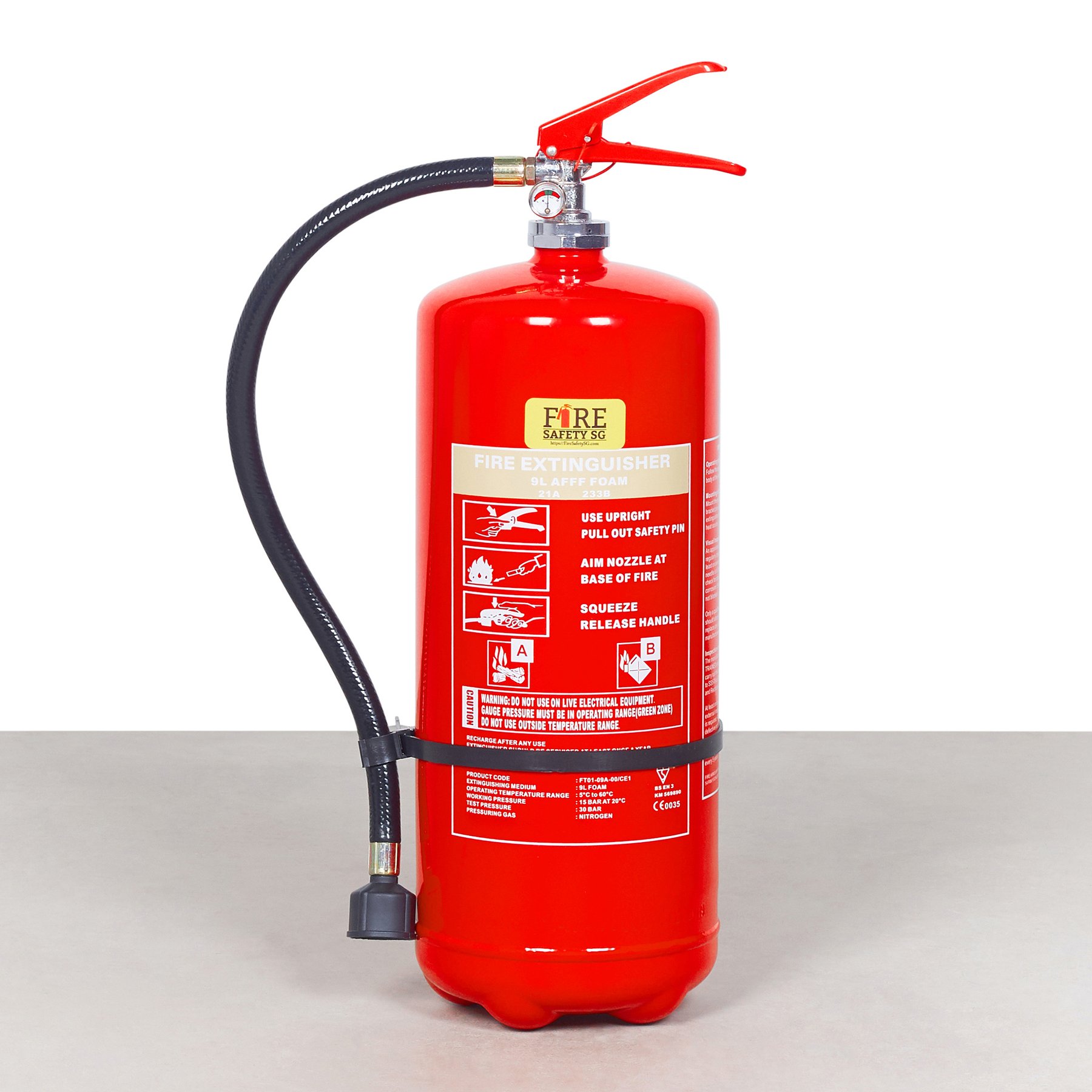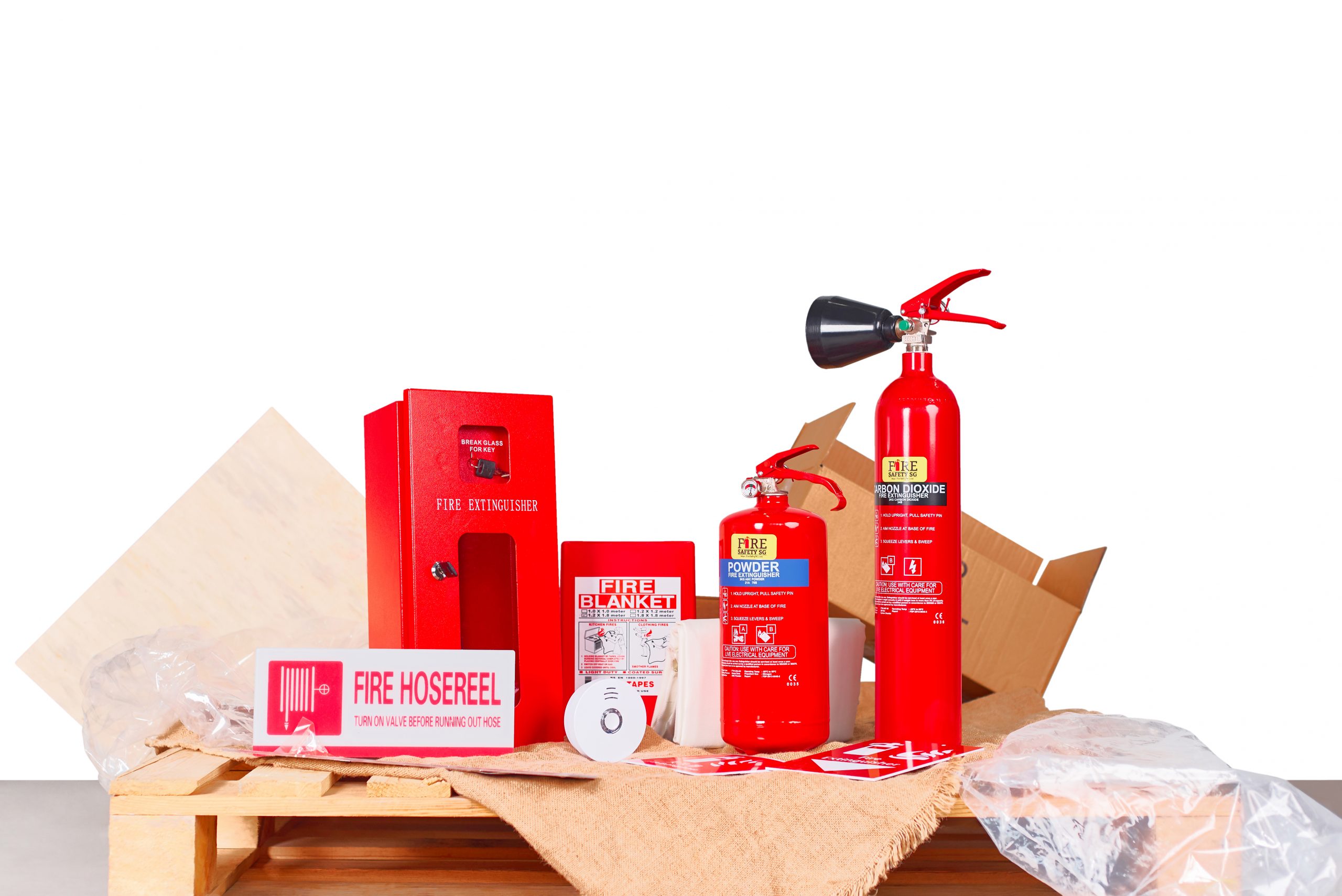AFFF Foam fire extinguishers have a cream label and are most suited for the following.
Class A – Fires concerning solid combustibles, such as paper, wood, and fabrics
Class B – Fires concerning flammable liquids, such as alcohol, diesel, and oil
Fires concerning electrical appliances, only if the extinguisher has passed the 35kV conductivity test. The 35kV conductivity test is a safety measure intended to protect users who involuntarily use a foam fire extinguisher on an electrical fire.
AFFF Foam extinguishers are typically necessary for industries and areas where the building is constructed from various organic materials or a building that houses such organic materials. This includes residential properties, factories, hospitals, schools, offices, and warehouses.









